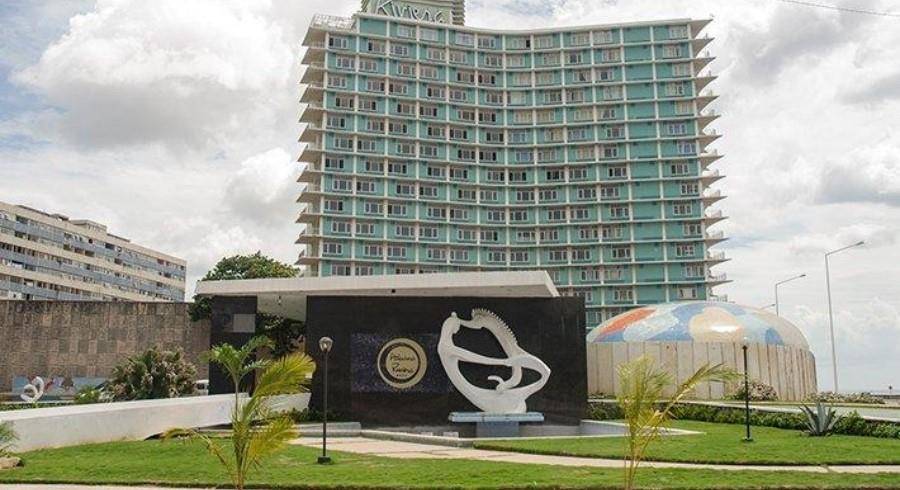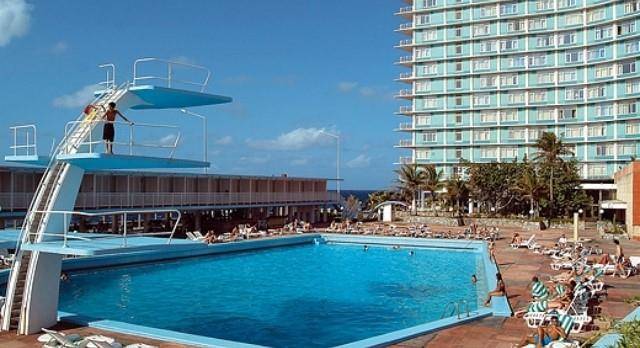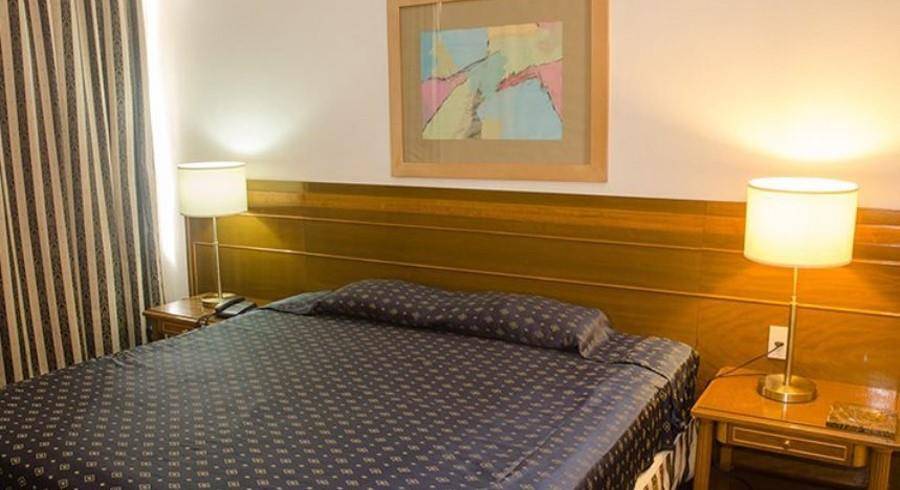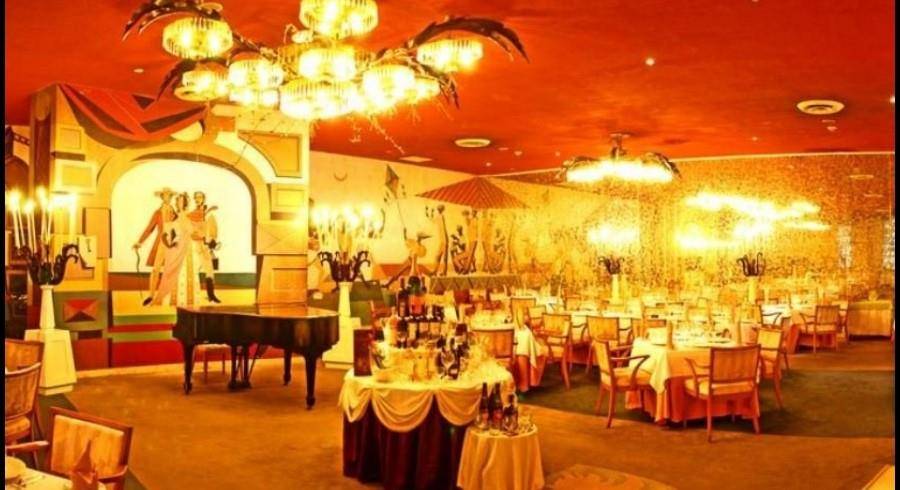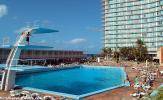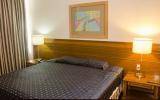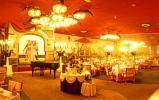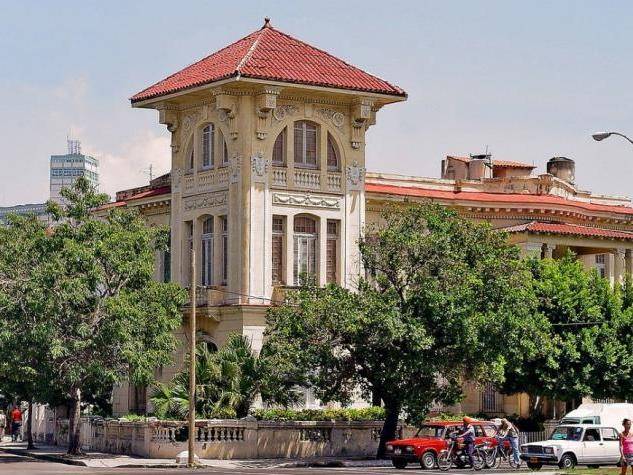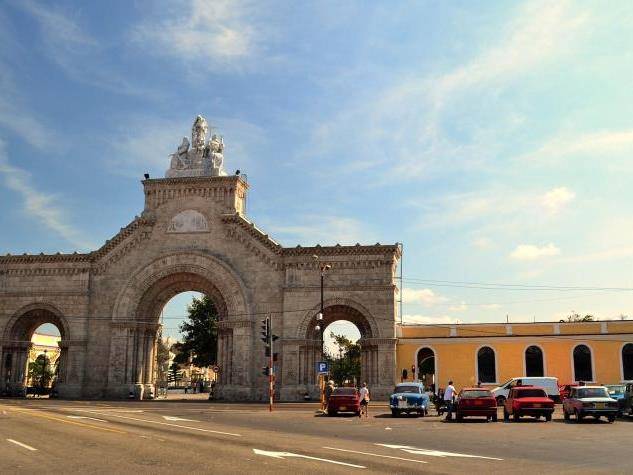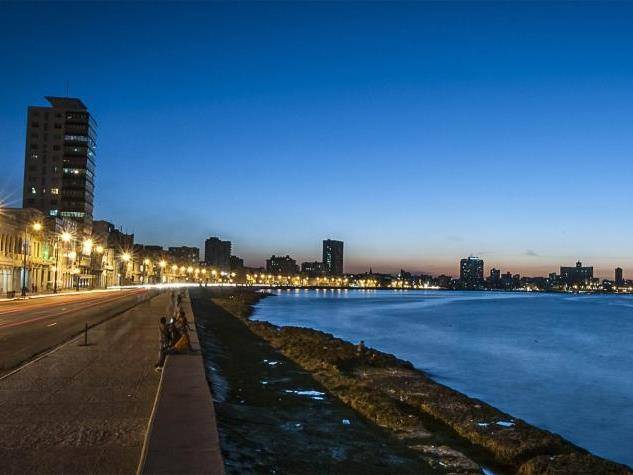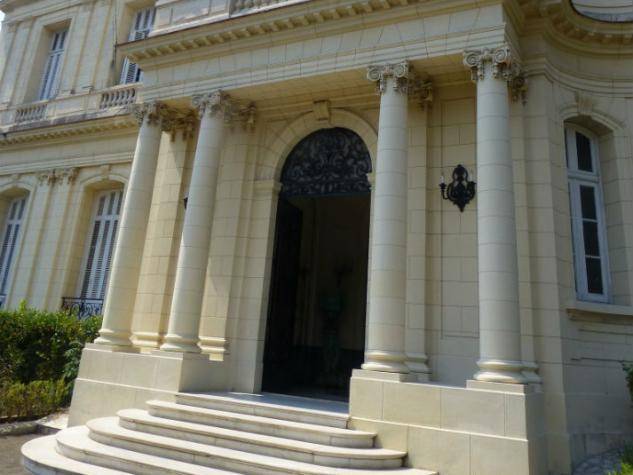
National Museum of Decorative Arts
The Museo Nacional de Artes Decorativas (National Museum of Decorative Arts) is housed within a rather interesting building in the district of Vedado, Havana. If you are on your way through Vedado and have free time, it’s worth visiting this museum, or at least to see the building itself. The construction was designed by French architects Virad and Dastugue, surrounded by beautiful gardens with sculptures. The Museum exhibits in its spacious rooms valuable works of European and Oriental art dating back to the 18th to 20th centuries. Among the items stored within the museums and the ones on display in its exhibition rooms, this museum has more than 33,000 works of high artistic and historic value from the reigns of Louis XV, Louis XVI and Napoleón II, as well as some oriental pieces dating from the 16th to the 21st centuries. It also has a Hall of Oriental Lacquers, with Chinese parabanes from the 17th to the 21st century; and a dining room in the Regency style and with Italian marble. You will find very carefully preserved furniture, ceramics, porcelains, paintings, and sculptures as well as works of applied arts. This museum offers several services with guided tours and specialized tours, and also features a library with cultural activities.

